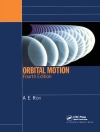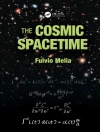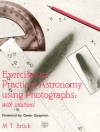When the Apollo 11 astronauts landed on the Moon on July 20, 1969, they made a very important discovery. During their landing on the surface of the Moon, the exhaust gases released from the Lunar Module landing rockets caused large amounts of surface dust to move into the thin lunar atmosphere, causing obscuration of the lunar surface. Once they landed, they found that the surface of the Moon was covered with several inches of very fine, tiny particles composed of sharp, glassy material. The lunar dust stuck to everything it came in contact with, and, once on the lunar surface, the dust eroded their spacesuits, caused overheating on equipment and instrumentation, compromised seals on their spacesuits and on lunar sample collecting boxes, irritated their eyes and lungs, and generally coated everything very efficiently. On the return to Earth in the Apollo Command Module, lunar dust inadvertently brought aboard floated freely in their cabin causing problems. Now, 50 years later, humans will return to the Moon in the Artemis Program, as early as 2024. This book summarizes what we know about lunar dust, its structure and chemical composition, its impact on human health, and how to reduce/mitigate its effects on future human exploration. The four dozen contributors to the 14 chapters in the book are planetary scientists, engineers, mission planners, medical researchers and physicians from NASA and the European Space Agency (ESA), as well as universities and industry from the United States, Australia, Germany, Italy, the Netherlands, Portugal and Sweden.
Joel S. Levine
Impact of Lunar Dust on Human Exploration [PDF ebook]
Impact of Lunar Dust on Human Exploration [PDF ebook]
Cumpărați această carte electronică și primiți încă 1 GRATUIT!
Format PDF ● Pagini 303 ● ISBN 9781527564428 ● Editor Joel S. Levine ● Editura Cambridge Scholars Publishing ● Publicat 2021 ● Descărcabil 3 ori ● Valută EUR ● ID 9279768 ● Protecție împotriva copiilor Adobe DRM
Necesită un cititor de ebook capabil de DRM












